Michael Michlmayr: Time Stories
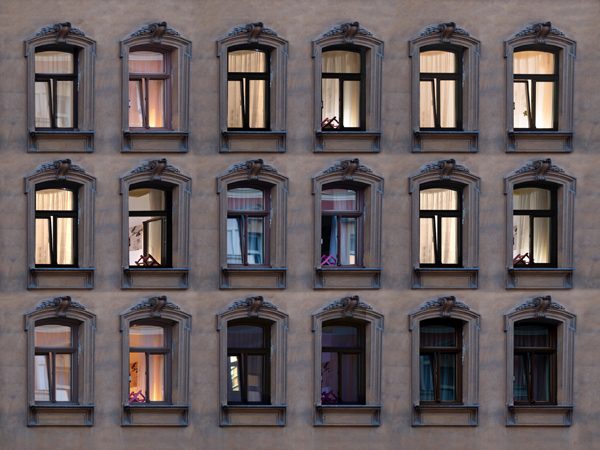 © Michael Michlmayr, Rebuildings
© Michael Michlmayr, Rebuildings
The Work is in the Vessel
Approaching a body of work offers various considerations for inquiry. These would include contemporary analysis of field and how the work is positioned; an historical review placing the work within the flow of time; seeing the work as a moment in the continuous evolution of the image-maker; constructing a context within a social historical framework; seeing the work as a closed system outside any historical or contemporary consideration; and finally address the image-maker and the influences and paradigm from which she emerged.
The VASA exhibition “Time Stories” by Michael Michlmayr is inviting in two ways. First, it challenges us to reflect on and consider the nature of time and space as experienced through camera made images in concert with the construction or building of images outside the camera (photoshop). The title of this exhibition “Time Stories” defines the guiding frame for analysis and discussion. Second, Michlmayr draws us into reflecting on an historical context of photography, one that constructed false images of reality (I am comfortable with saying that all images of reality are false.), forcing us to question again the veracity of the image and the signifier as reference to truth.
The veracity of the image is a result of a complex set of decoding processes where because it looks like an “apple” we think of it as an apple, when actually it is a picture of an apple. No camera image is a pure record of what was there, far from it. Each image is the result of many factors that include the instrument, light, recording materials, image presentation and most importantly the mind behind the camera and the viewer. The viewer or reader becomes important, for without one there is no image seen, no meaning constructed. (The reading of images as a codified text is important to consider in light of reader and reception theories The work of Stanley Fish, Roland Barthes, Stuart Hall, Hans-Robert Jauss are examples of inquires into notions of meaning construction and the reader. https://en.wikipedia.org/wiki/Reader-response_criticism)
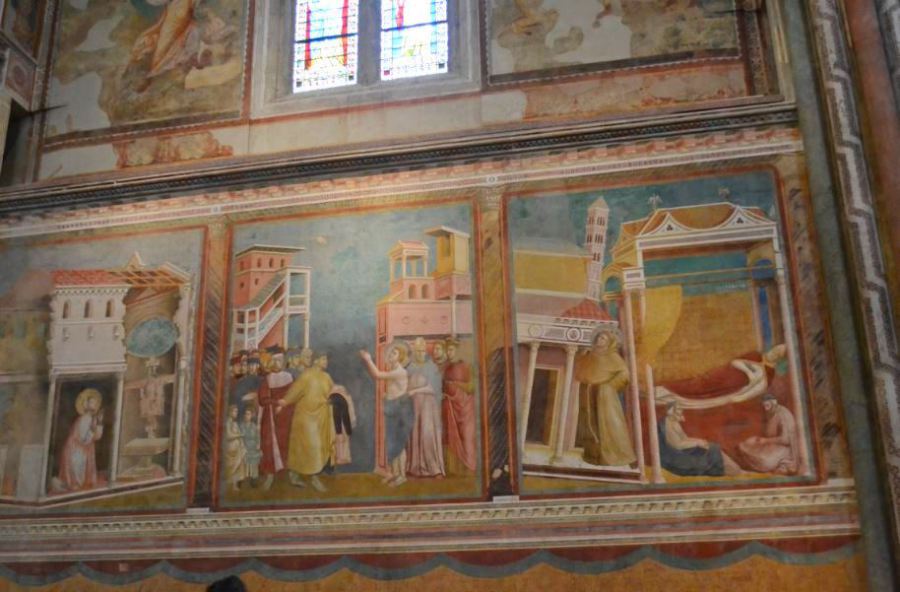 We have all witnessed time-laps photography, long exposures and multiple exposures designed and read as the passage of time. Sequencing images have a long history of addressing the passage of time (or story telling). Frescos found on the walls of mid-evil Italian churches is the life story Christ presented as individual frames, sequenced in time and location. (image) In the twentieth century Daune Michels addressed the visual story in book format: “Things are Queer” (1973) and Real Dreams (1976). Both frescos and photographs marked a place in time and space-location. In each case the viewer is taken beyond the individual frame as a document of what (in Michaels case) was before the lens to one frame within a sequence of images. There are many forms of sequenced images: linear passages, metaphoric and fictions. (Theories on the sequencing of images was addressed by Nathan Lyons through his teaching and books. https://en.wikipedia.org/wiki/Nathan_Lyons)
We have all witnessed time-laps photography, long exposures and multiple exposures designed and read as the passage of time. Sequencing images have a long history of addressing the passage of time (or story telling). Frescos found on the walls of mid-evil Italian churches is the life story Christ presented as individual frames, sequenced in time and location. (image) In the twentieth century Daune Michels addressed the visual story in book format: “Things are Queer” (1973) and Real Dreams (1976). Both frescos and photographs marked a place in time and space-location. In each case the viewer is taken beyond the individual frame as a document of what (in Michaels case) was before the lens to one frame within a sequence of images. There are many forms of sequenced images: linear passages, metaphoric and fictions. (Theories on the sequencing of images was addressed by Nathan Lyons through his teaching and books. https://en.wikipedia.org/wiki/Nathan_Lyons)
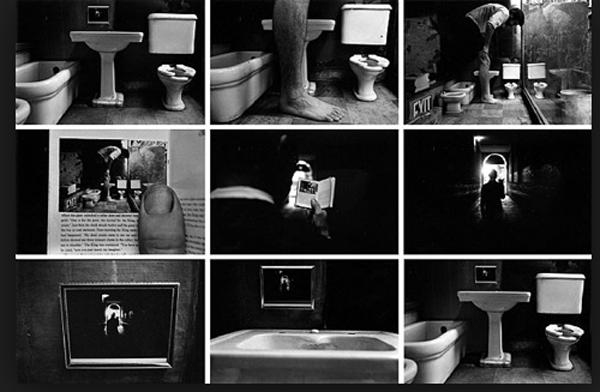 Google search result 3 November 2017: Duane Michals, "Things Are Queer" 1973
Google search result 3 November 2017: Duane Michals, "Things Are Queer" 1973
Layered images or montage, gather multiple images into one frame. They are constructed by layering individual images (multiple exposure, a montage). Possibly meanings emerge from the creation and reading exchange. In this manner the resulting image is the vessel, the experience becomes the accumulation of impressions and thoughts.
In the works mentioned above the viewer is invited into the imagination of the image as an exchange between the image and the viewer. As the individual image is understood to record a moment, becoming a record of the camera and the operator, the layered image(s) addresses time and in various ways space. In individual images there is no time except for the moment unless there is a layering or combining; a signification. The viewer’s sense of reality is superseded and given over to the image.
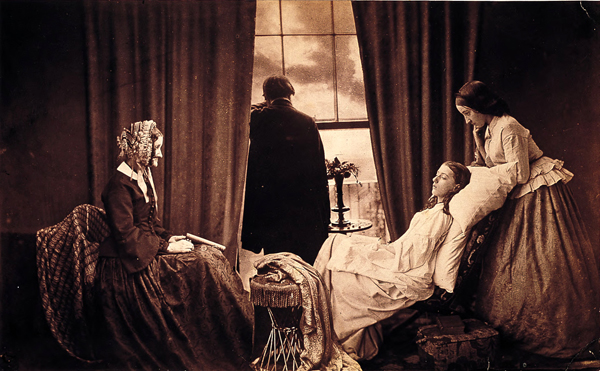 Wikipedia Creative Commons: Henry Peach Robinson “Fading Away” (1858)
Wikipedia Creative Commons: Henry Peach Robinson “Fading Away” (1858)
In the early years of photography the work of Henry Peach Robinson’s “Fading Away” )1858) and Oscar Gustave Rejlander’s “Two Ways of Life”. Rejlander’s “Two Ways of Life” (https://en.wikipedia.org/wiki/Oscar_Gustave_Rejlander ) (1857) combined 32 images into a photomontage to construct what appeared to be a single camera made image. Henry Peach Robinson, “Fading Away” (1858) was a composite, which “… attempted to realize moments of timeless significance …” (https://en.wikipedia.org/wiki/Henry_Peach_Robinson).
The contemporary surrealist work of Jerry Ulseman (1) offers another consideration. Before the appearance of digital options and photoshop Ulseman would combine images to create an image that positioned the viewer outside of time and space. His resulting imagery required the viewer to approach the work as metaphorical and emblematic. (I had the opportunity to be a lab assistant in Buffalo New York when Ulseman was a visiting artist. It was amazing to witness the use of 5-6 enlargers, set up and positioned for building an image. Usleman would move his photo paper from one enlarger to the next; building and exposing various negatives and positives in a precise manner. The resulting image was an amazing introspective experience.)
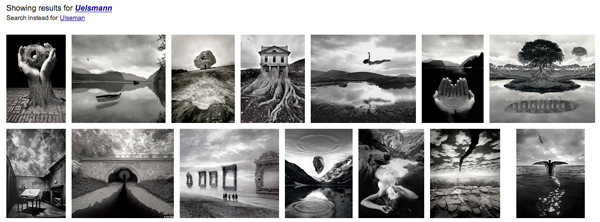 Jerry Ulseman Google imge search result, 3 November 2017
Jerry Ulseman Google imge search result, 3 November 2017
The works of Michael Michlmayr emerge out of this history of combinations, montage, and image construction with the purpose to depict an experience of a non-existent reality: an image reality. (It could be argued that all photographic and film images present a non-existent reality, a reality that is not the place or the moment depicted but a photograph of it.)
In addition to a number of portfolios this VASA exhibition of Michael Michlmayr “Time Stories” includes both still and video images. Through both formats he researched and pursued his manipulation of place and the borders of time, creating as his predecessors did, a reality that only exist on the screen or paper. With close observation the reader of his work, photographs and videos, possibly find themselves exploring the image looking for the point of combination or the repetition of individuals. Michael also positions himself in the images at different times. (The exhibition includes a video of Michael talking about his work and his process.) There is no question that he is an expert in creating the composites leading the reader to question and reflect on what she is actually seeing.
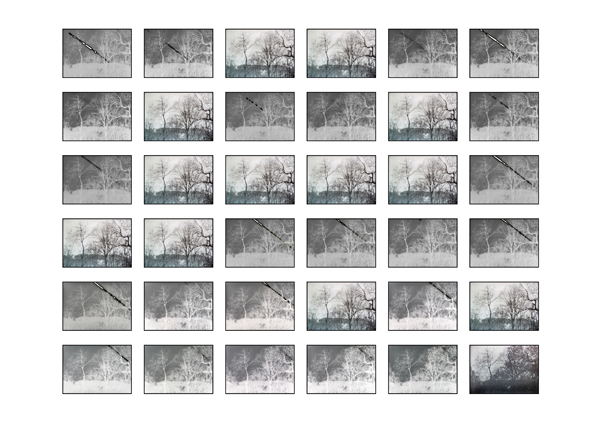 © Michael Michlmayr, Calender 1
© Michael Michlmayr, Calender 1
It is important to mention the work titled “Time Stories: 36 Days”. Here Michlmayr createsd a series of time expousers, some lasting 24 hours. As a result of the long expousers the film begins to develop itself leave a tracing of the sun’s movement (earth’s rotation) across the sky. The images are then organized into a calendar format with each image representing a day.
The exhibition reveals a persistence to explore a concept and seek out possibilities. Michael Michlmayr’s work is worth thought on various levels. His research in “Time Stories” requires our attention.
note
1. “Today, with the advent of digital cameras and image editing software, photographers are able to create a work somewhat resembling Ulseman's in less than a day. However, at the time Uelsmann was considered to have almost "magical skill" with his completely analog tools. At the time Ulseman's work first came to popular attention, photos were still widely regarded as unfalsifiable documentary evidence of events. However, Ulseman along with Lucas Samaras, was considered an avant garde shatterer of this popular mindset and help to expand the artistic boundaries of photography.”
https://en.wikipedia.org/wiki/Jerry_Uelsmann retrieved 24 October 2017
© Roberto Muffoletto, 2017